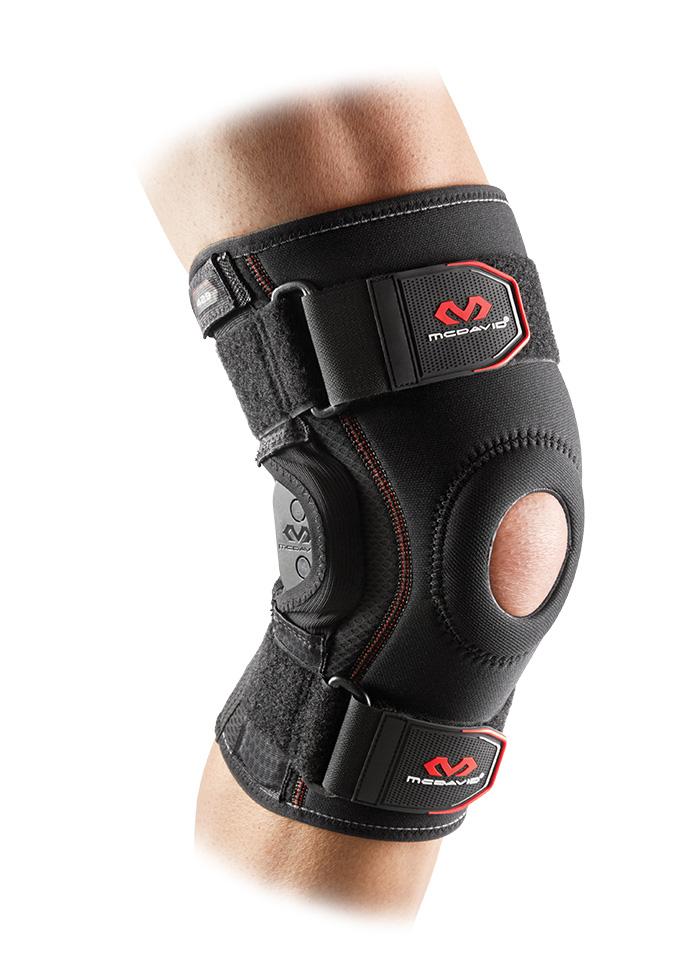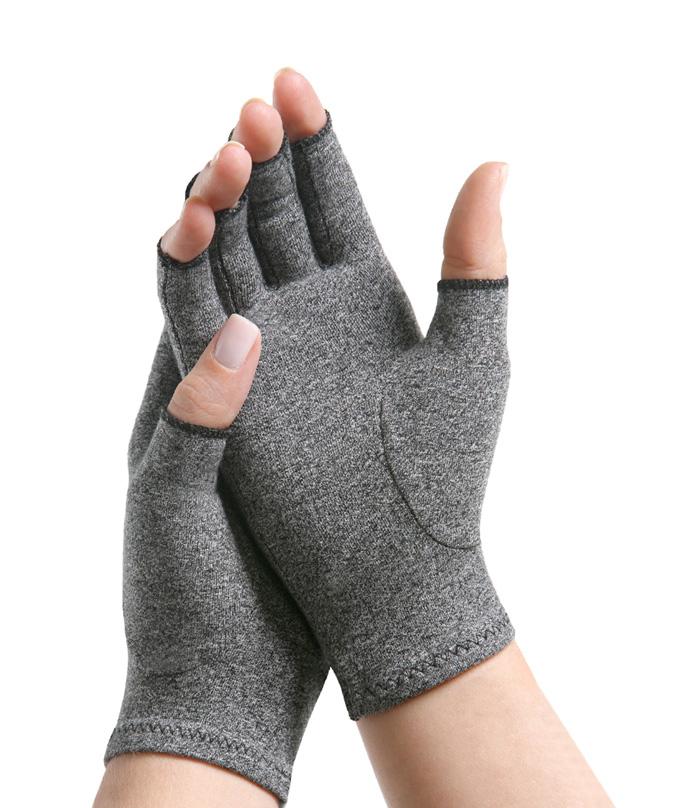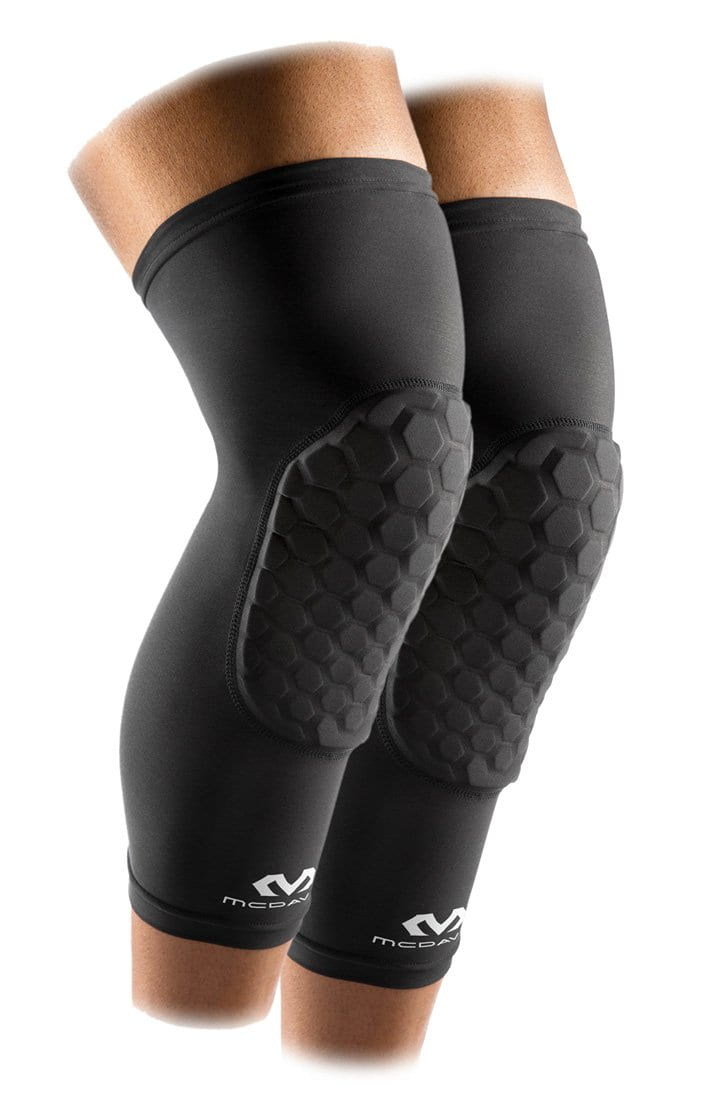What Is The RICE Method of Treatment?
If you have ever sprained your ankle or pulled a muscle in your back, your doctor or physiotherapist has most likely mentioned the acronym R.I.C.E.
The RICE method of treatment is often the first line of treatment prescribed by most healthcare professionals when dealing with soft-tissue injuries like ligament sprains, bruises or contusions, and muscular strains. This is because it’s a simple technique that can be done in the comfort of your own home, that’s also safe and affordable as it doesn’t require much equipment.
It’s the first thing to do after a strain or sprain because it helps to reduce swelling, ease pain, and speed up your healing process. The R.I.C.E method is used to treat sprains, strains, or bruises that occur from sudden twisting movements, falls, playing sports, a particularly hard gym session, or any acute trauma.
Equipment you will need to carry out the R.I.C.E method safe and effectively:
- Someplace safe to rest like a bed or couch that’s comfortable.
- Good old-fashion ice cubes and a towel, or an ice pack/wrap ideally. Even a bag of frozen peas should do it.
- An elasticized bandage, compression sleeve if you have one, or a simple cloth will do.
- Pillows
The RICE method includes the following four steps:
Step 1: REST
Immediately after the injury, stop using the injured limb or body part. Simply “pushing through the pain” is not recommended as you could cause your injury to worsen. Rest as much as you can on a comfortable bed or couch, or someplace safe where you can protect the affected area from more harm. Avoid putting any weight on the affected area for at least 24-48 hours (1) as it may worsen the injury and delay your recovery. For example, you can use crutches or a walking frame in the case of an ankle sprain or lower back strain.
Step 2: ICE
Ice is the go-to treatment method for acute injuries because it helps reduce pain, bruising, and swelling. The cold from ice contracts injured capillaries and blood vessels which helps stop internal bleeding.
Apply an ice pack to the affected area for 15-20 minutes every two to three hours during the first 24 to 48 hours after your injury (1). If you don’t have an ice pack, you can simply use a few ice cubes wrapped in a towel or a frozen bag of peas.
Always make sure to keep a layer of light toweling in between the ice pack and your skin to help prevent frostbite or ice burns. Check out our ice wraps here.

Step 3: COMPRESSION
This means wrapping the affected area to help reduce pain and swelling. You can use an elasticized bandage, compression sleeves if you have one. or even a simple cloth/towel to wrap the injured part firmly. Make sure it’s nice and snug but not too tight - this could stop good blood flow to the area and prevent the swelling from going down. For easy options for compression look at your ankle sleeves, elbow sleeves, wrist sleeves, knee sleeves, calf sleeves, foot sleeves or shoulder supports.
If the skin below the wrap turns blue or feels cold, numb, or tingly, loosen it. If these symptoms don’t disappear right away, seek immediate medical help (1).
To implement both ice and compression easily and effectively, check out our range of Polar Ice Wraps that are area-specific to treat those body parts that are hard-to-reach or particularly large (over 2 or more joints).

Step 4: ELEVATION
Keep the injured area above the level of your heart if possible. This will decrease swelling and hence reduce pain or throbbing. For example, if you have an ankle sprain, you can use a few pillows to prop your leg up on the couch or bed so that it’s high enough and still comfortable.
Infographic: How To Perform Proper R.I.C.E Treatment
Important Things To Remember:
1. As with all injuries, make sure you visit a doctor or physiotherapist if the pain and swelling continue 3 days after applying the RICE method of treatment. He/she will be able to examine you thoroughly and prescribe the appropriate treatment protocol for your injury.
2. In some cases, the R.I.C.E. method is not indicated and it’s important to know when. Seek immediate medical attention if:
- A bone or joint is clearly deformed or broken
- Severe pain and/or swelling
- The injured person cannot put any weight on the area
- Unsteady breathing or pulse
- Disorientation or confusion
- Paralysis, tingling, or numbness
References:







Leave a comment